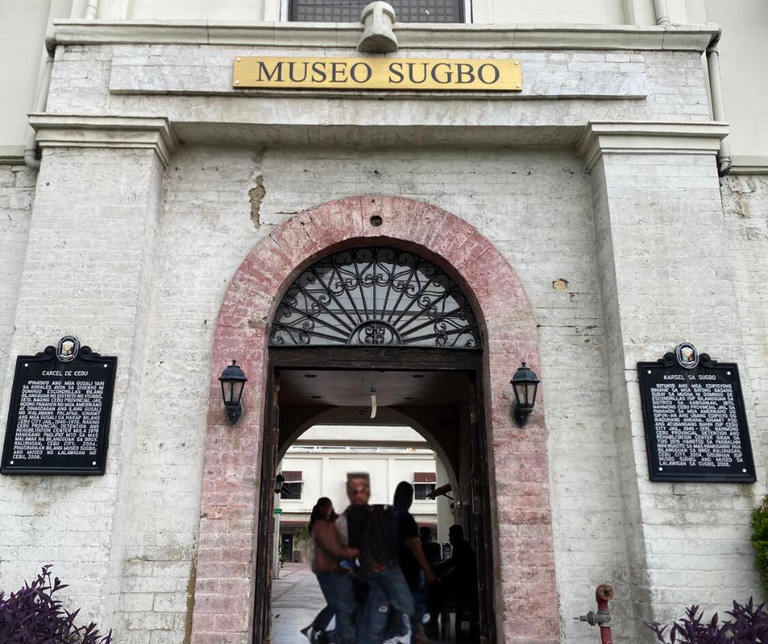
I first visited Museo Sugbo during my junior high days for a school assignment. However, back then, I didn't appreciate the museum deeply, given that I'm not really a fan of history and anything related to the past. Two years ago, I revisited the museum for a college assignment, and it was during that visit that I truly appreciated the museum and its significance in preserving our culture. There is an entrance fee and students like me can enjoy a discount so I only had to pay 25 pesos.

These pictures attached to the wall depicted notable places in Cebu, like the Capitol and the Fuente Osmeña fountain, showcasing the peaceful, clean, and uncluttered surroundings from earlier times.
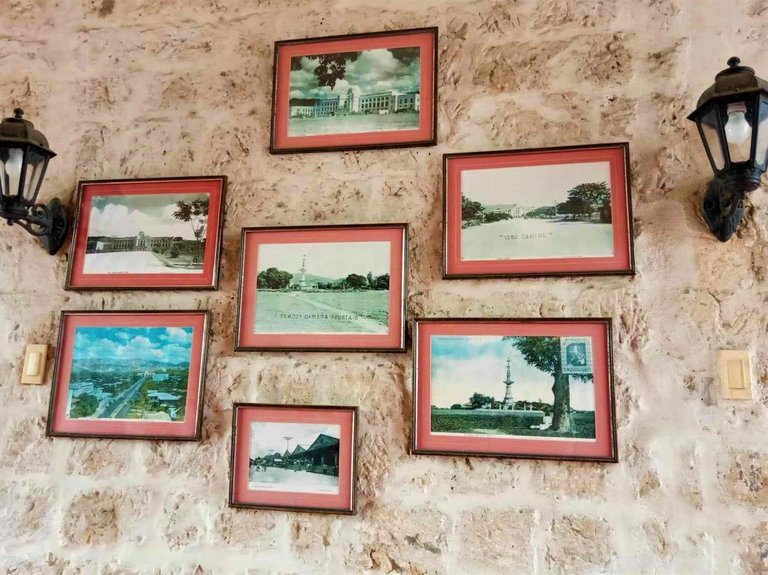
Entering the galleries near the main entrance, I was already excited. I found a boat-shaped object which was used as a coffin (seen in the right picture).


There were Bantayan finds like iron tools and clay net sinkers. Also, other decorated earthenware which were used as burial accompaniments.
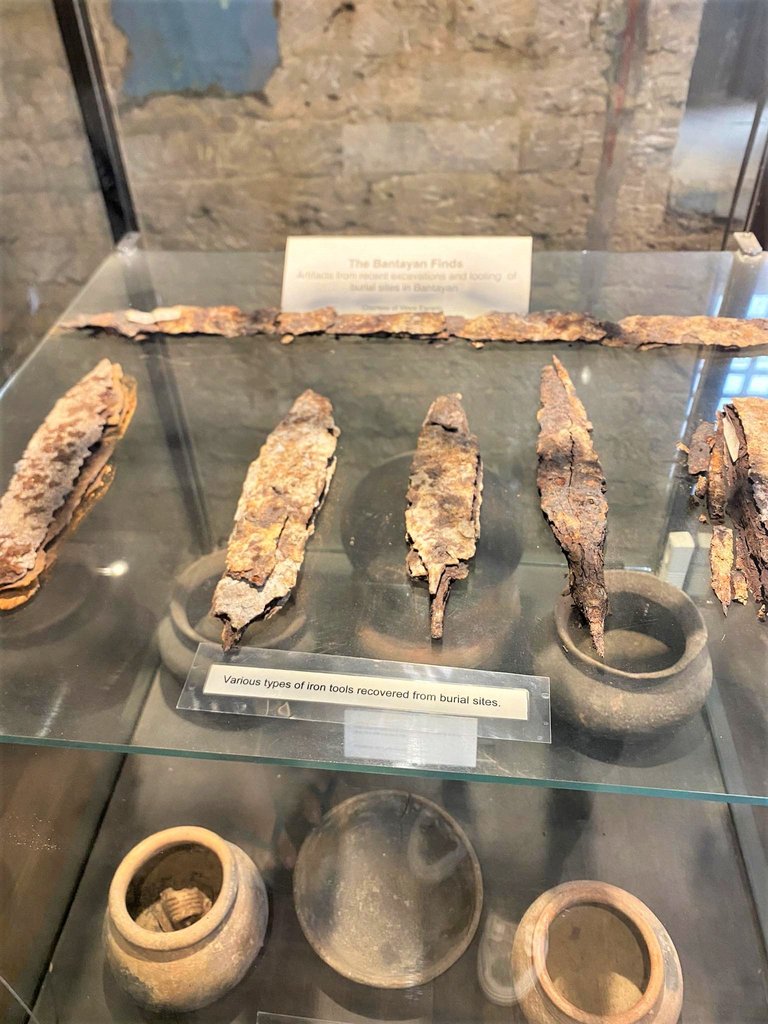
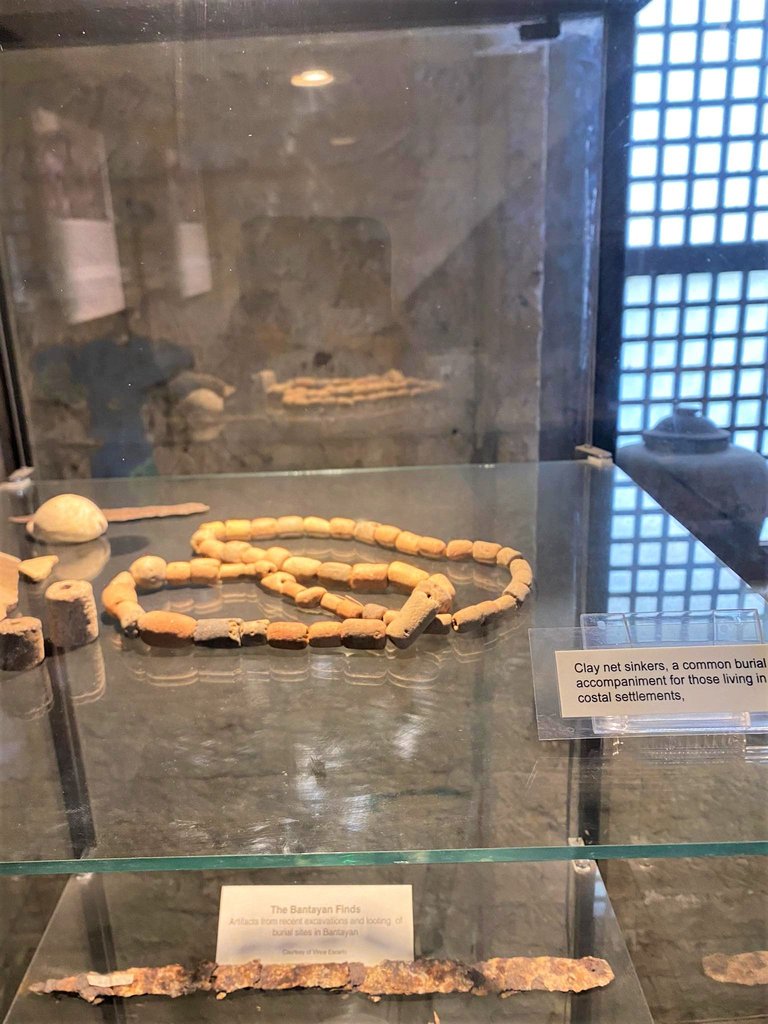
Different historical items looked so exquisite, truly making me feel like I was back in earlier times.

This was produced by Elliots and Australian Drug Ltd. of Sydney ca. 1890s. It may have been used during the late Spanish Period.
There were historical facts as well that reminded me of classroom teachings, especially regarding events like the Battle of Mactan and the Discovery of Cebu by Magellan.
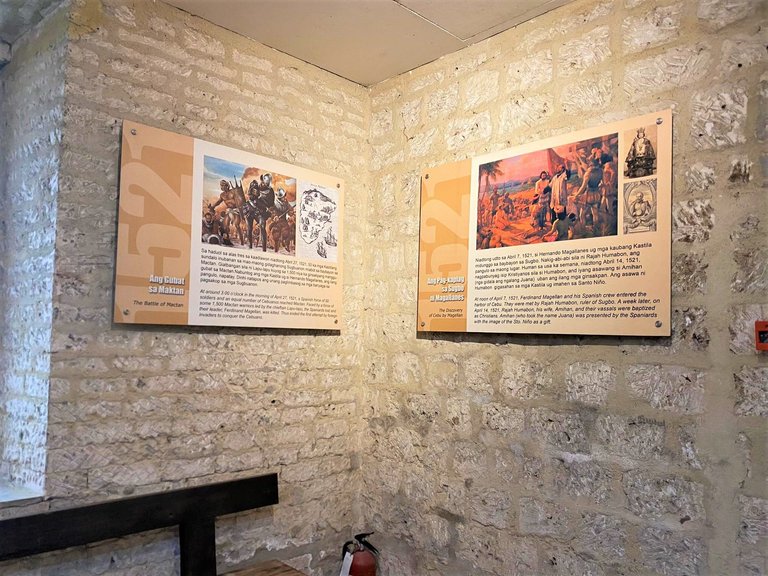
At noon of April 7, 1521, Ferdinand Magellan and his Spanish crew entered the harbor of Cebu. And on April 27, 1521, the Battle of Mactan took place. Faced by a force of some 1,500 Mactan warriors led by the chieftain LapuLapu, the Spaniards lost and their leader, Ferdinand Magellan, was killed. Thus, ended the attempt of foreign invaders to conquer the Cebuano.
Antique statues, coal, and weapons were on display, and despite most of them being rusty, seeing them in person was truly an exciting experience.
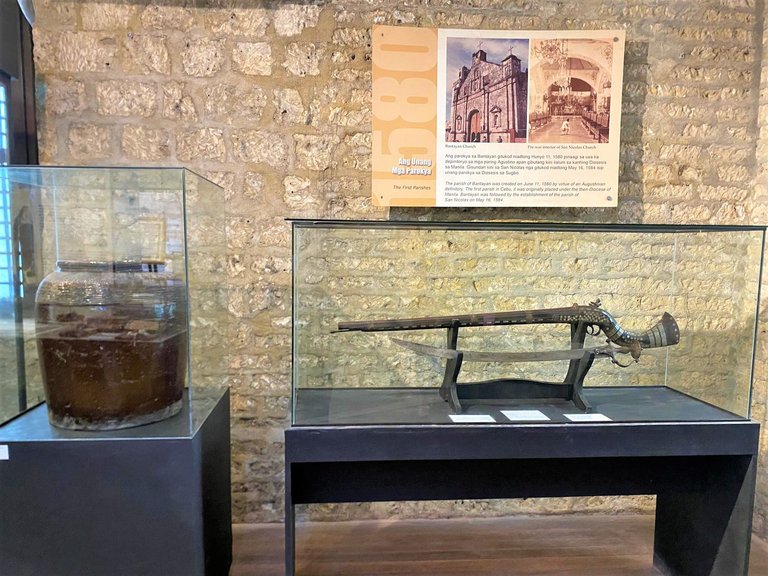

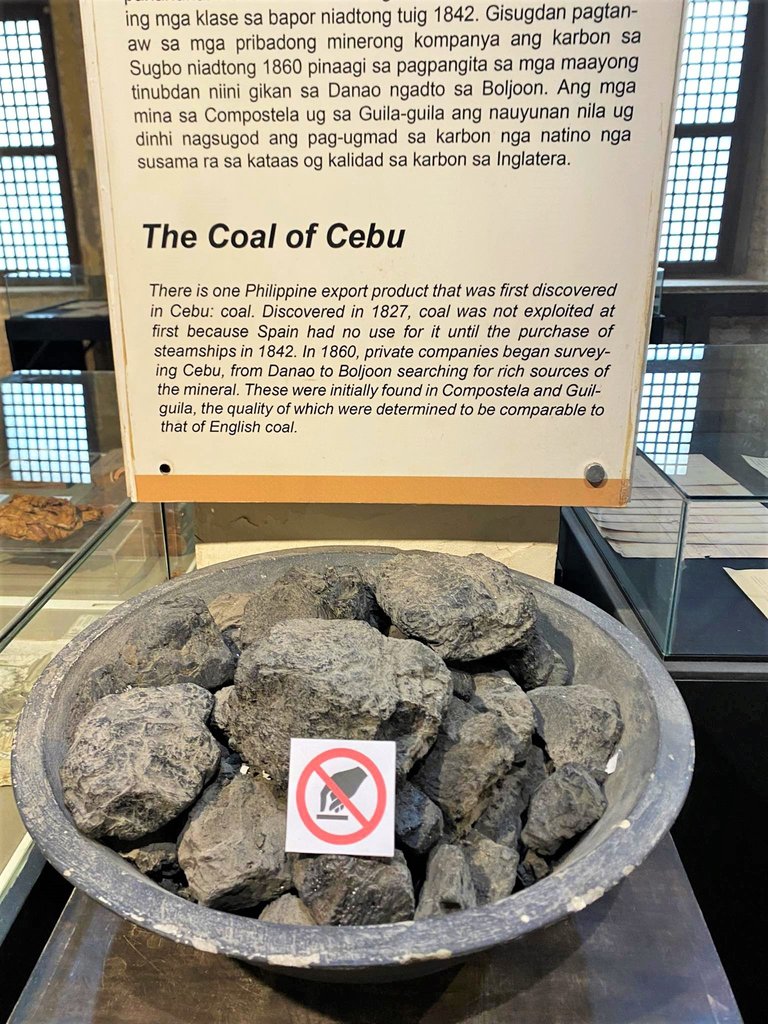
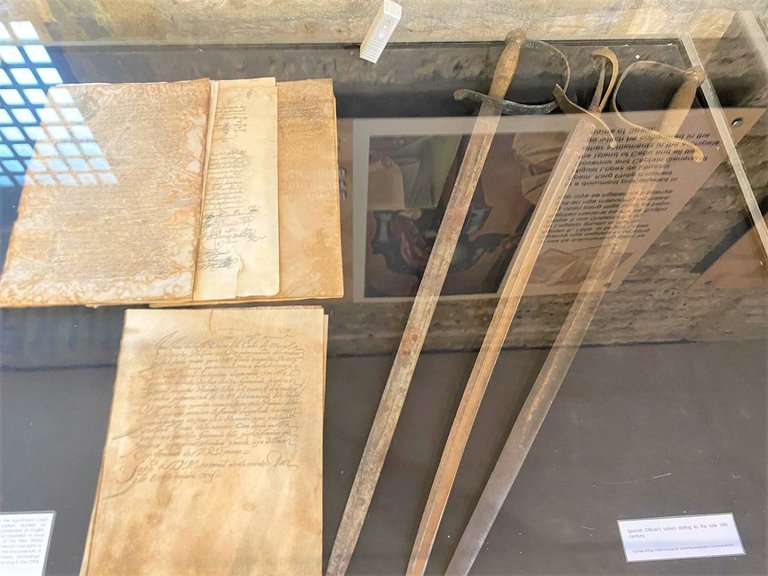
Historical documents confirming Miguel Lopez de Legazpi as the Governor of Cebu were also fascinating to see, especially due to the uniqueness of their handwriting.
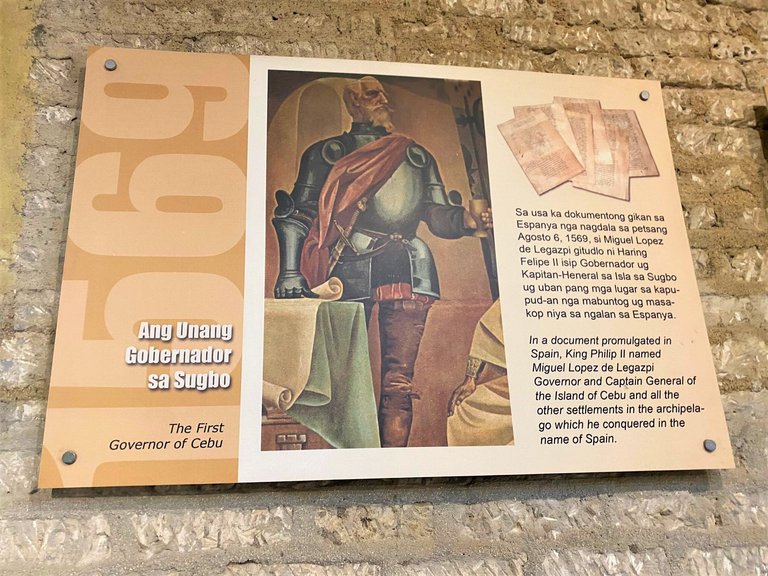

Moving upstairs, a spacious gallery featured artifacts from the War of Cebu, covering the Japanese colonization and American Occupation era. The first part focused on artifacts from the American Occupation era, showcasing dresses, a Victrola record player, and different typewriters.
 | 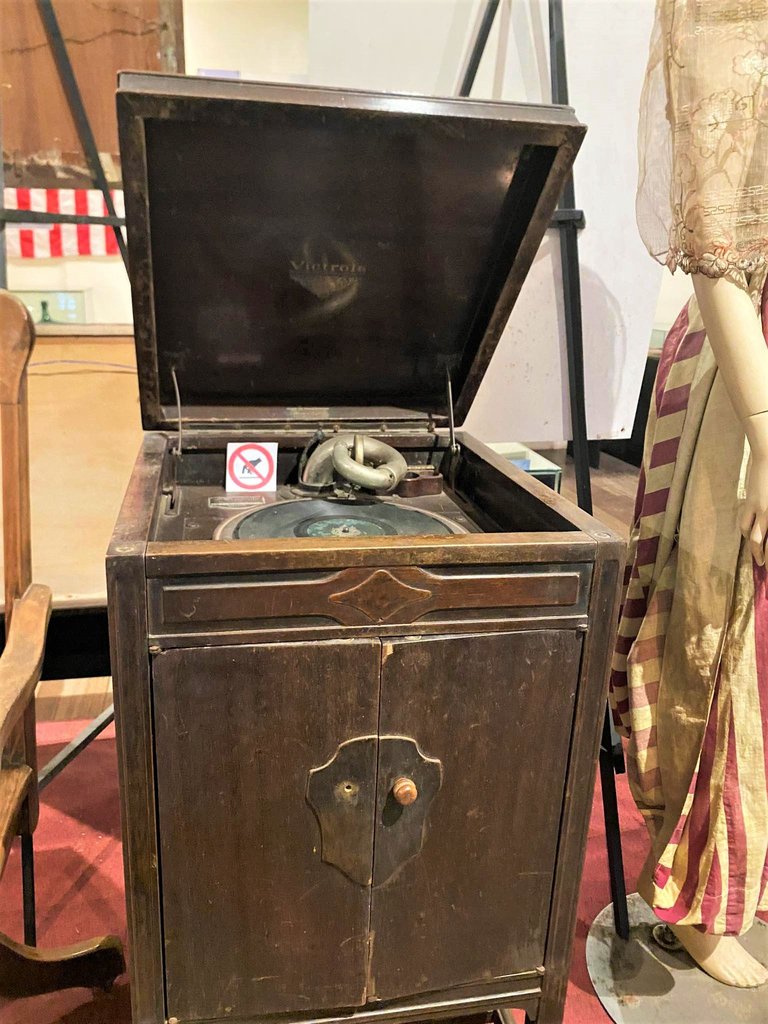 | 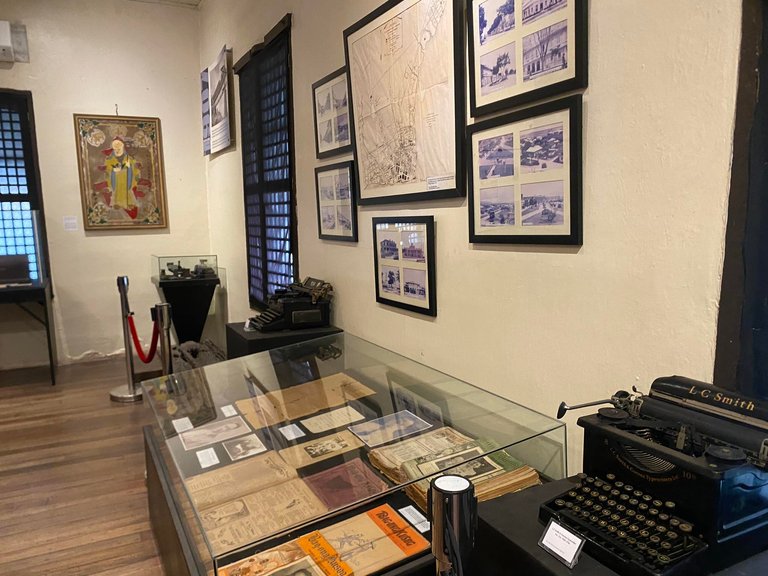 |
|---|
In one display case, I found the used pistols and saber of Lieutenant Gregorio Abellana along with the brass buttons and an insignia of a soldier kept as mementos. It was intriguing to imagine how these items were used and the feelings of the people in the past during the war.
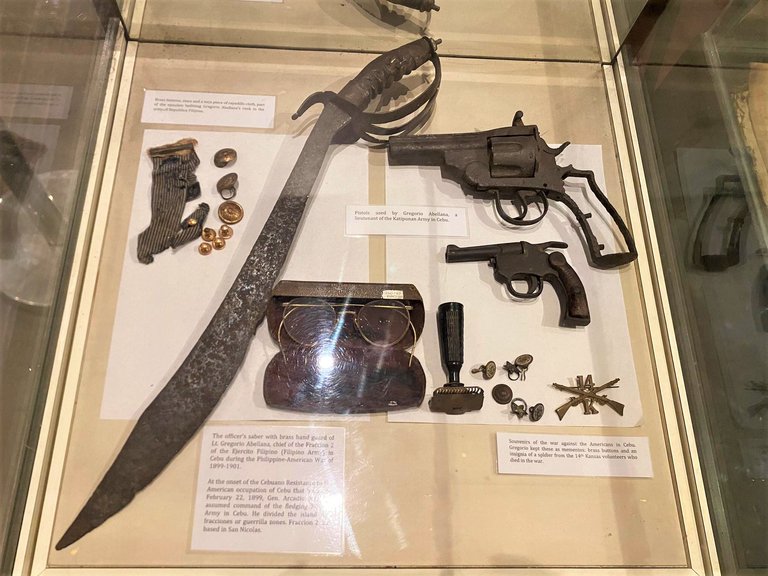
Blickensderfer Portable Typewriter
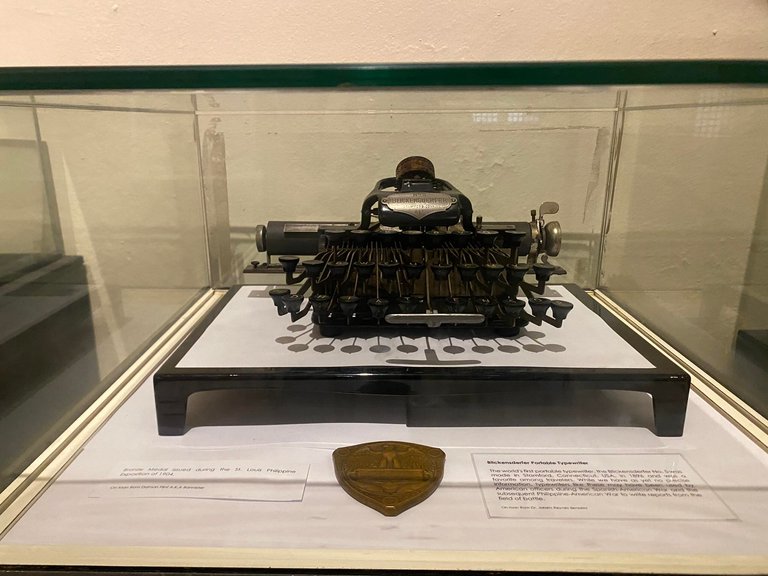
The world's first portable typewriter, the Blickensderfer No. 5, was made in Stamford, Connecticut, USA, and was a favorite among travelers. While we have a yet no precise information, typewriters like this may have been used by American officers during the Spanish American War and the subsequent Philippine-American War to write reports from the field of battle.
Kodak Brownie No. 3-A Folding Autographic Camera

Manufactured in 1909. This camera produced postcard size images using 124 mm film rolls and had an 14 Bausch and Lomb meniscus lens.
The other side of the room ,near the floor exit, was dedicated to artifacts from Japanese colonization.
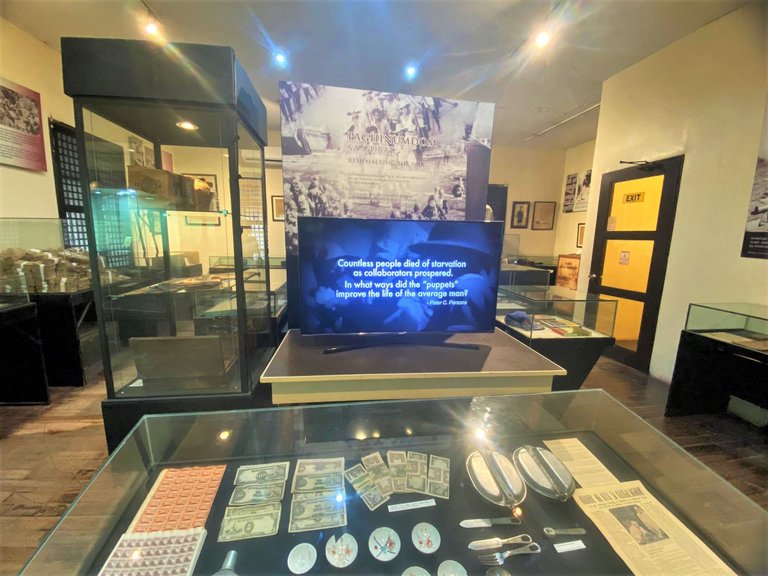
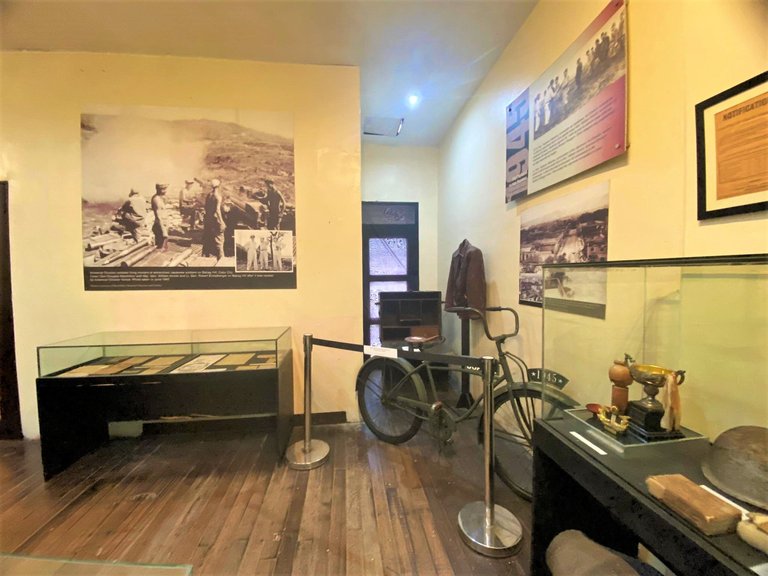
Display cases exhibited Japanese Imperial Army Sake Cups, Japanese "Kura" (invasion money), and Type 30 Japanese bayonet.
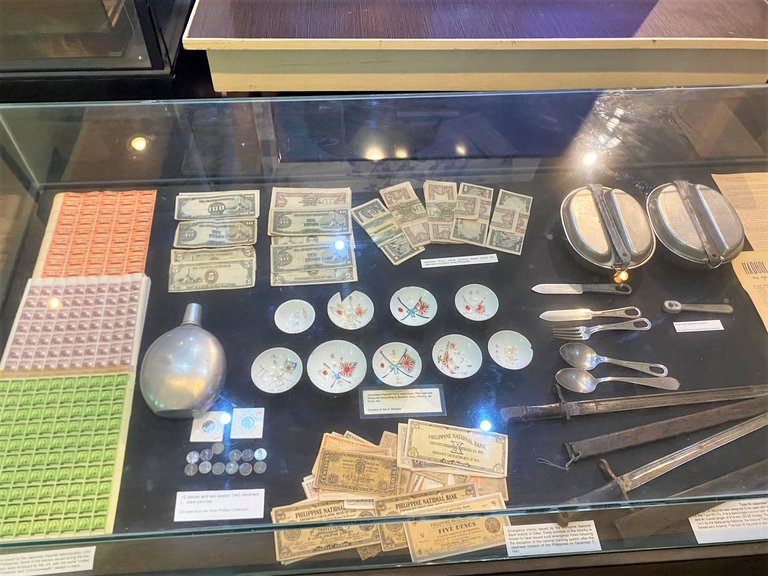
Early 1940's Columbia Westfield Military Themed Bicycle Edition
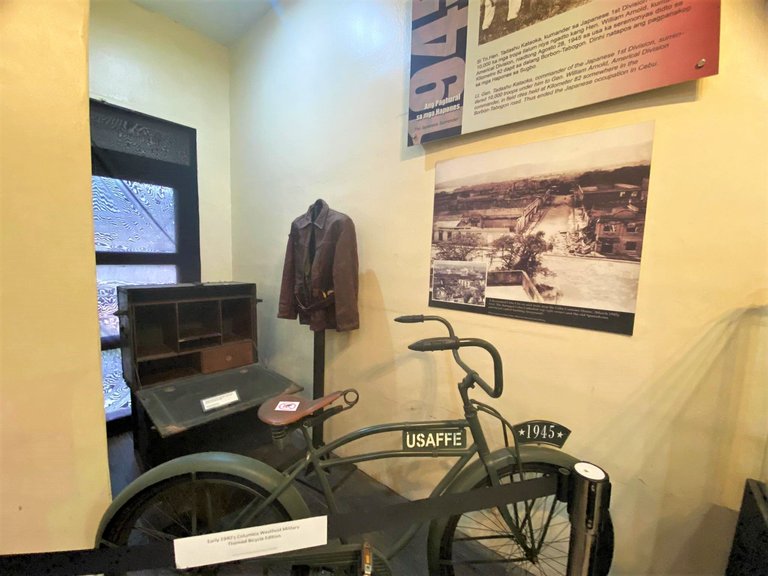
I liked the ambiance of this section of the room, due to the fascinating array of displayed items-the Japanese military uniforms, canteens, substantial weapons, and the presence of the Japan's flag. Just right next to them were stacks of money.
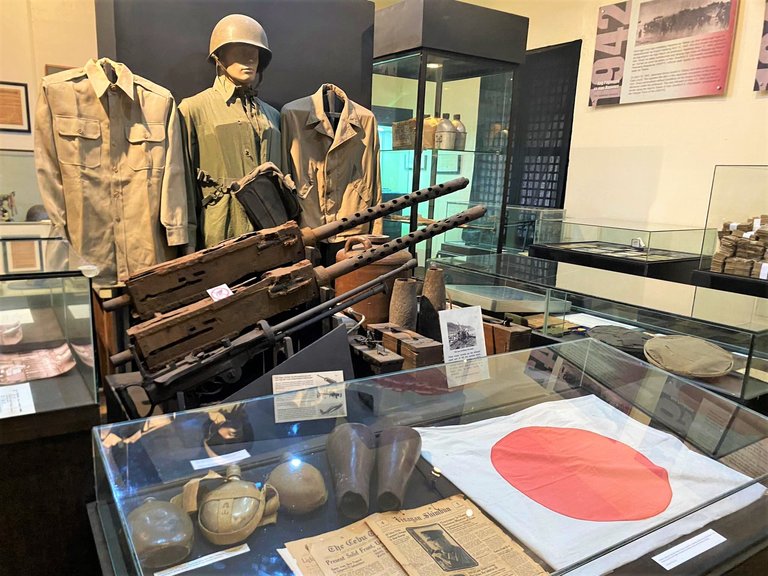
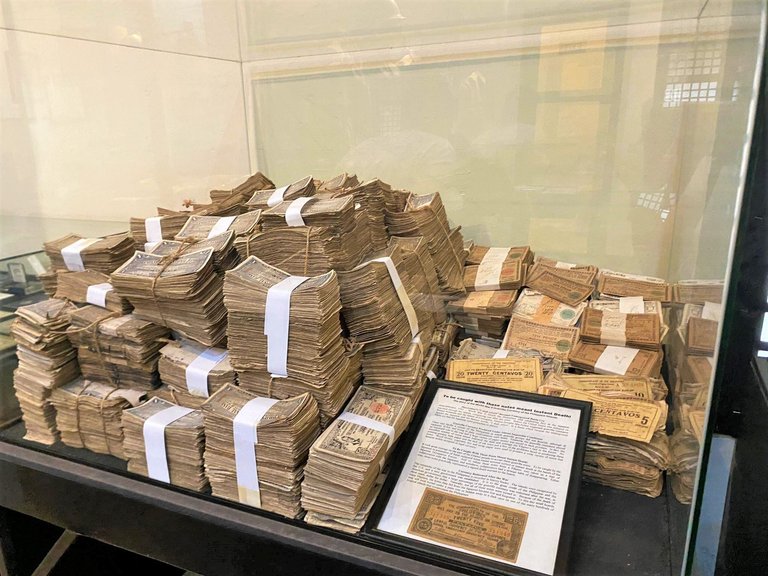
Going down to the next room downstairs, I found bicycles, document papers, an antique maritime lamp, old suitcases, and cast-iron safes.
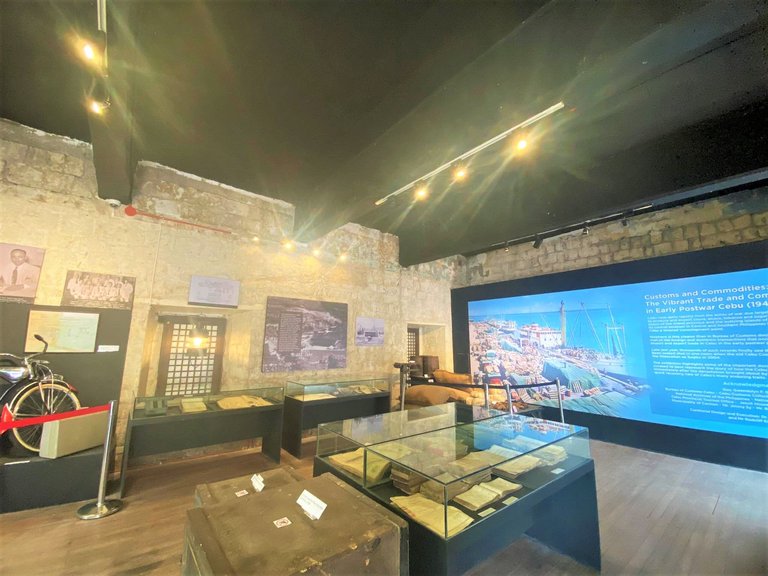
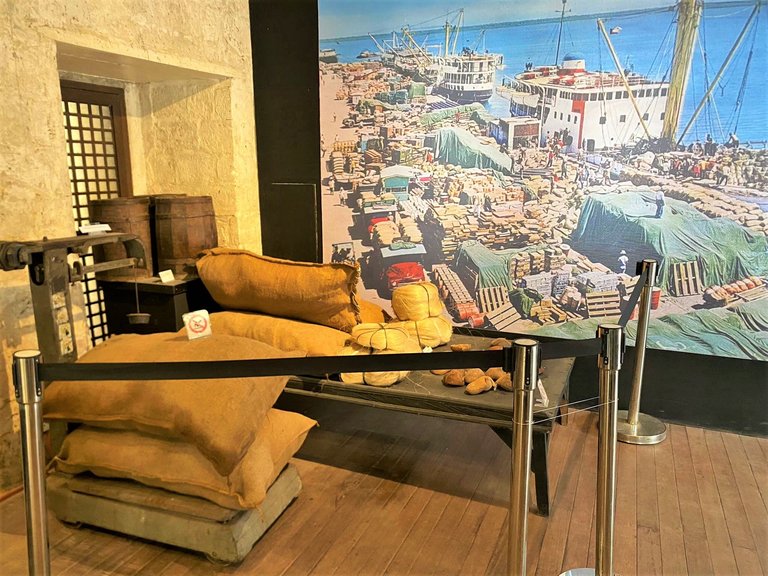
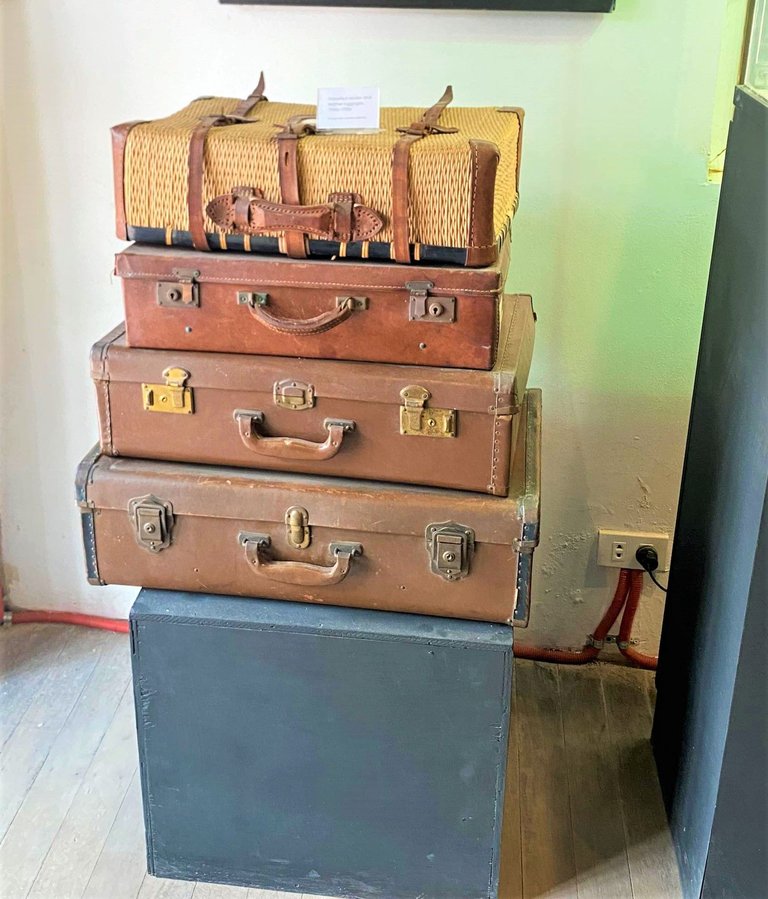
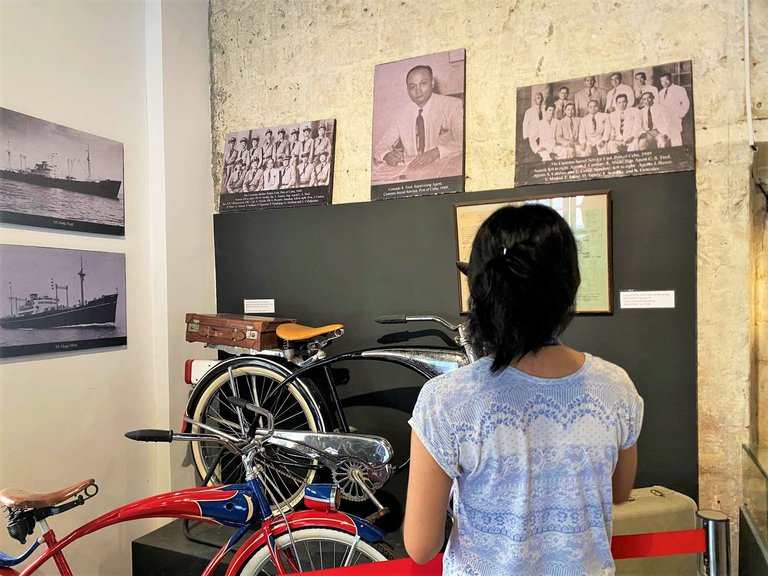
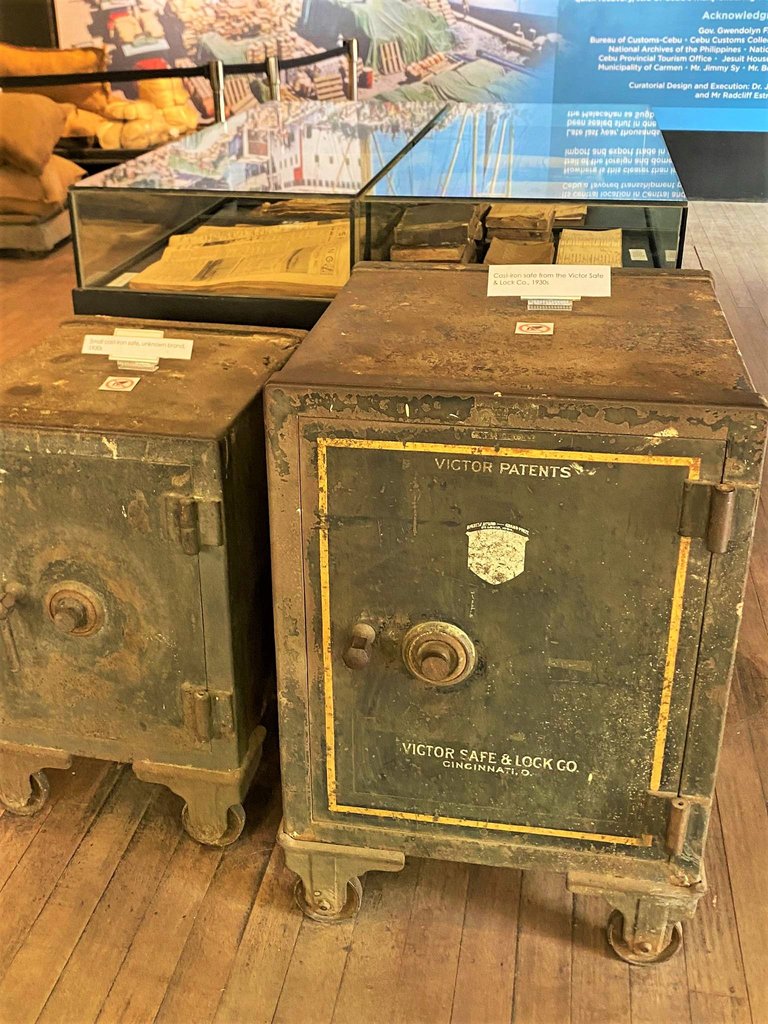
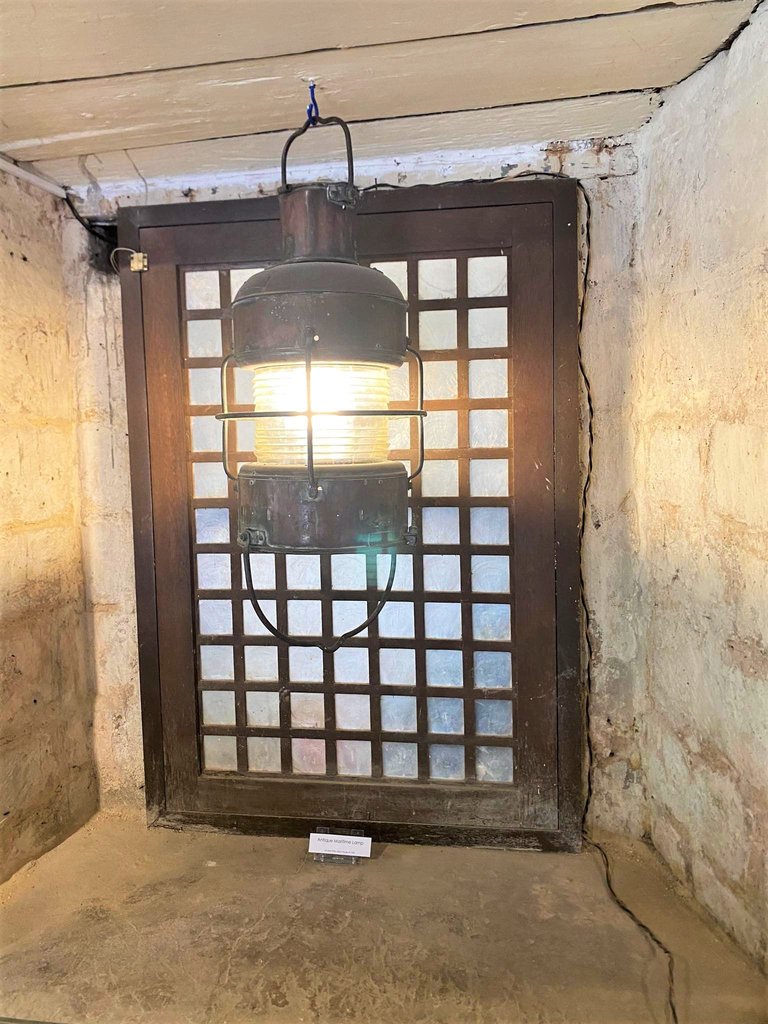
The Museo Sugbo is actually big, and it has this large central area that's perfect for events.
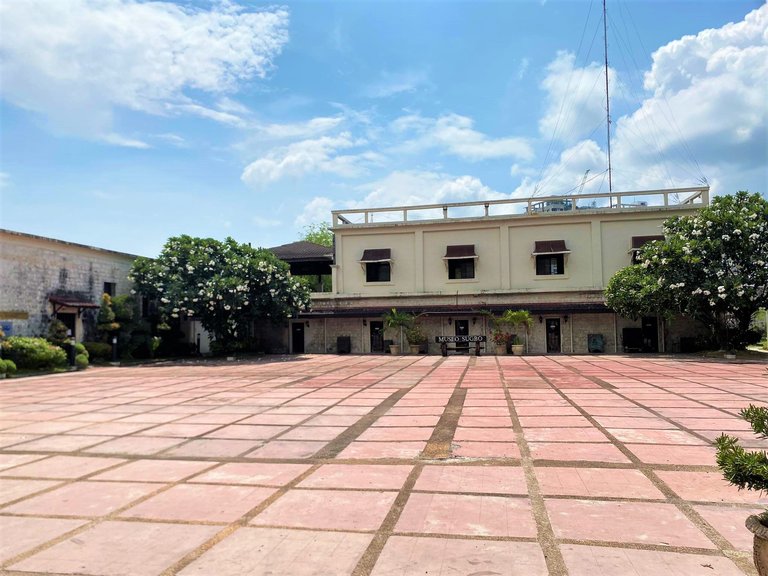
The next gallery I entered was focused on Cebu Journalism and Journalists. I had to walk along a middle-sized pathway to reach it.
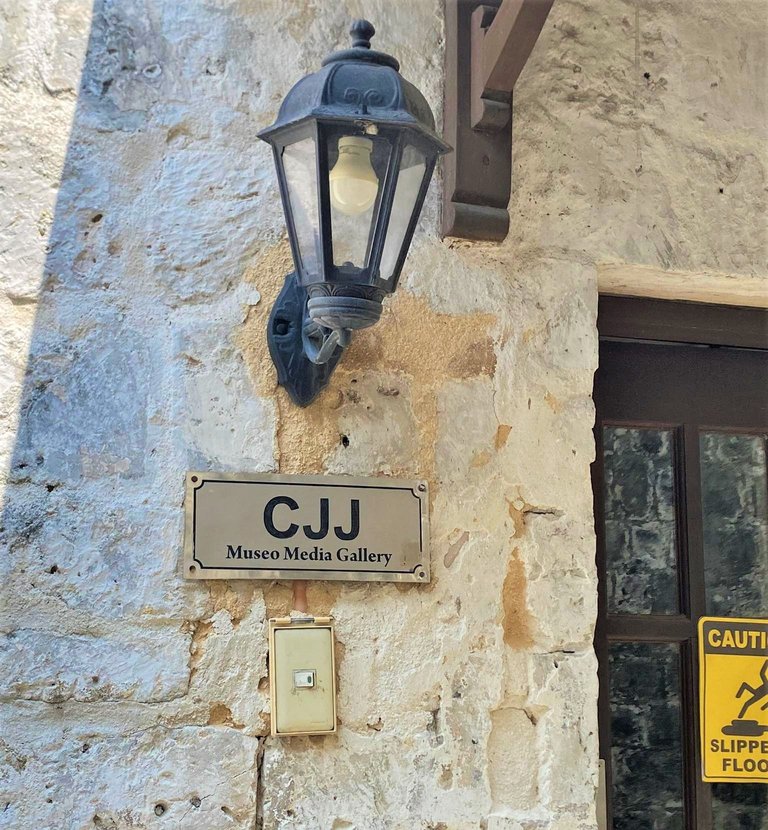
I was greeted by standees of Bobby Nalzaro and Leo Lastimosa, both prominent news broadcasters in Cebu.

The gallery was filled with different equipment, printing machines, broadcast microphones, radios, and sculptures.

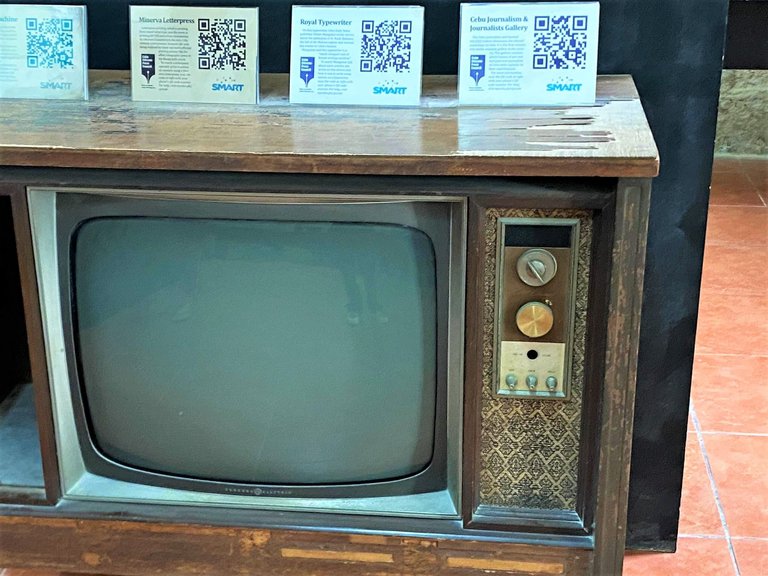
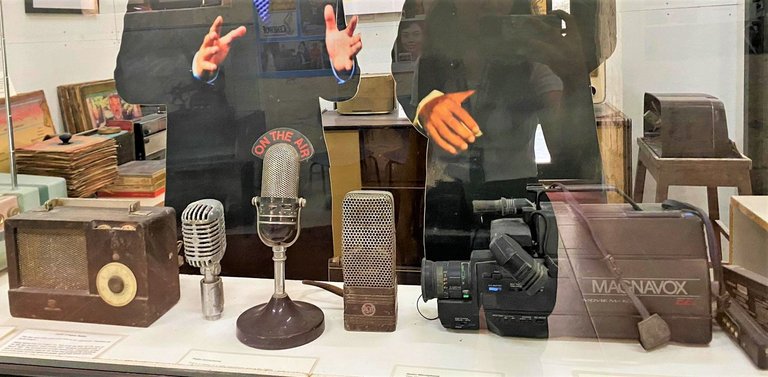
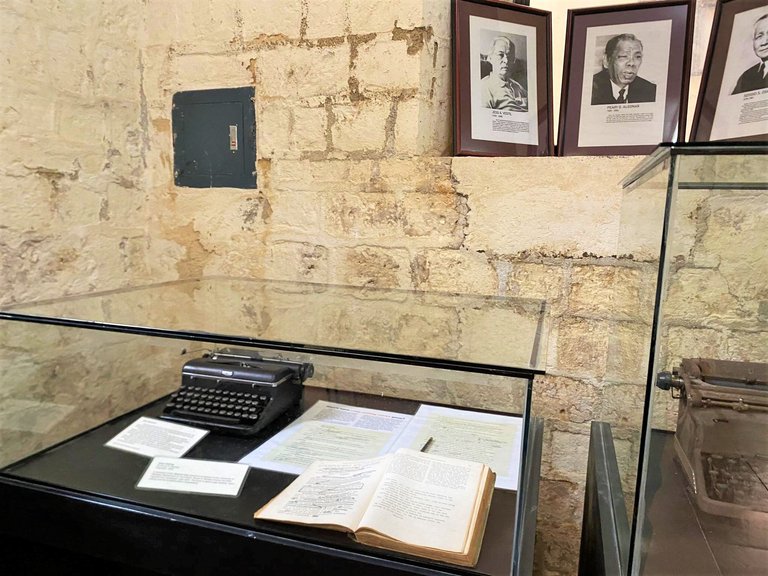
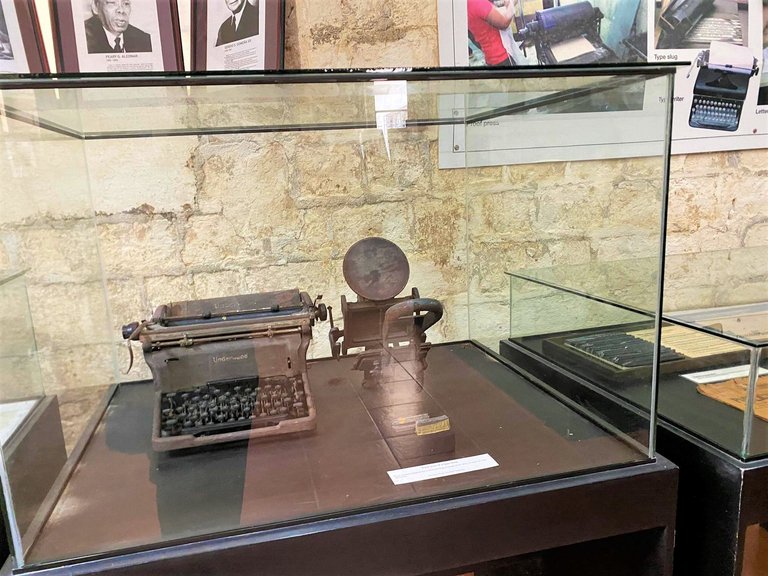
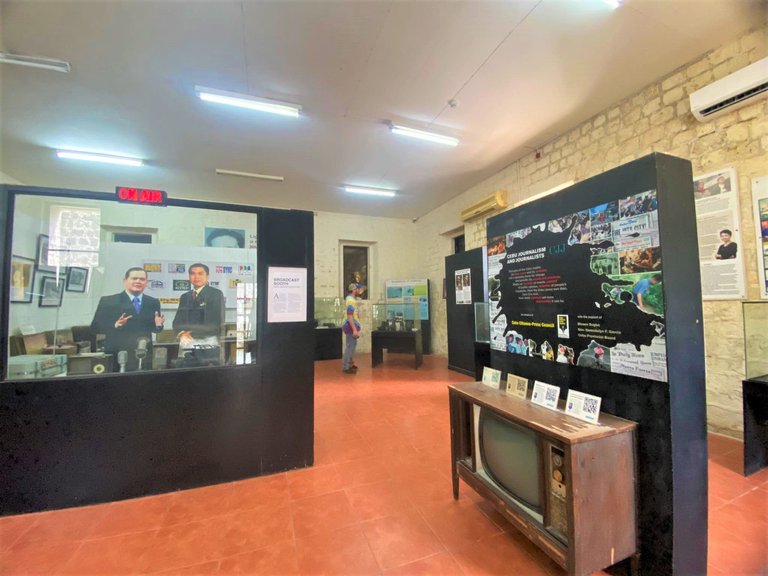
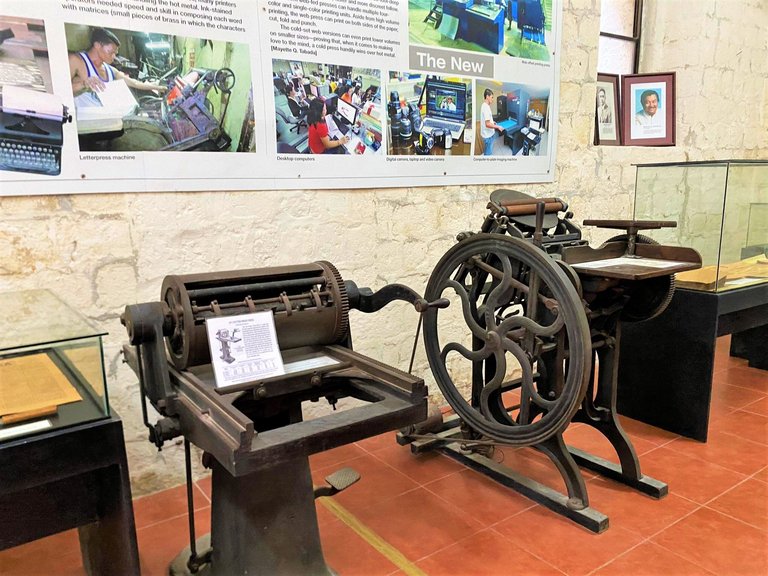



The last galleries I explored centered on the happenings of the Spanish colonization and narratives about Badlit Cebuano, tattoo culture of the Visayan, and the use of wooden musical instruments even in pre-colonial times.
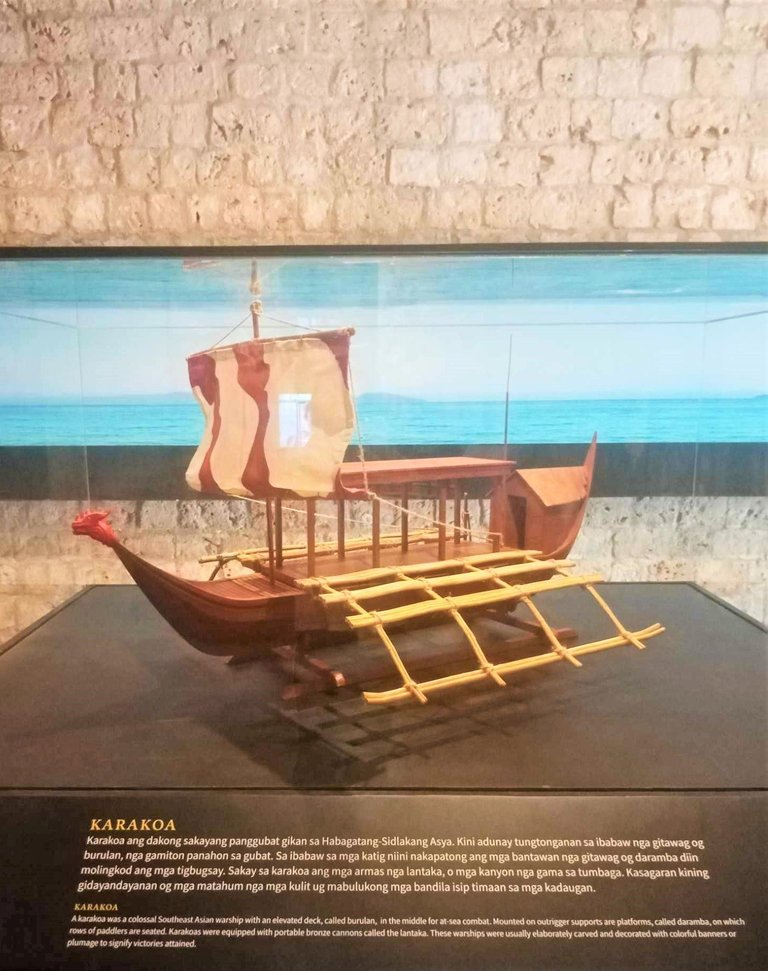
A karakoa was a colossal Southeast Asian warship with an elevated deck, called burulan, in the middle for at-sea combat. Mounted on outrigger supports are platforms, called daramba, on which rows of paddlers are seated. Karakoas were equipped with portable bronze called the latanka. These warships were usually elaborately carved and decorated with colorful banners or plumage to signify victories attained.

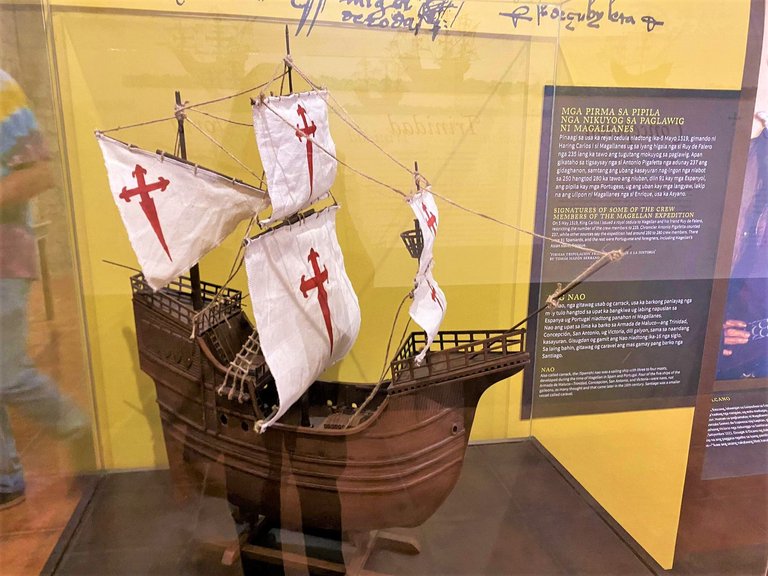


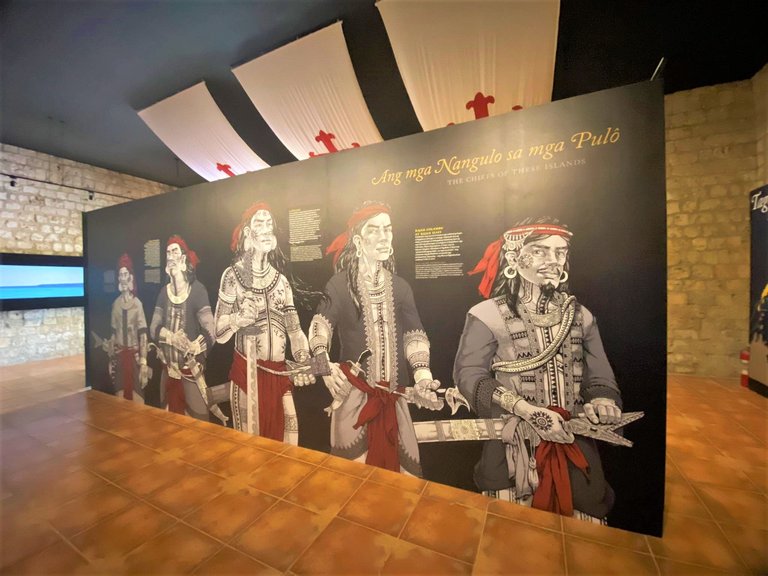
The last gallery was what stood out to me the most because the room was visually appealing and filled with a comforting scent of wood, and the artifacts were housed within transparent glass cases, situated inside a large boat-shaped structure with a wooden esthetic.
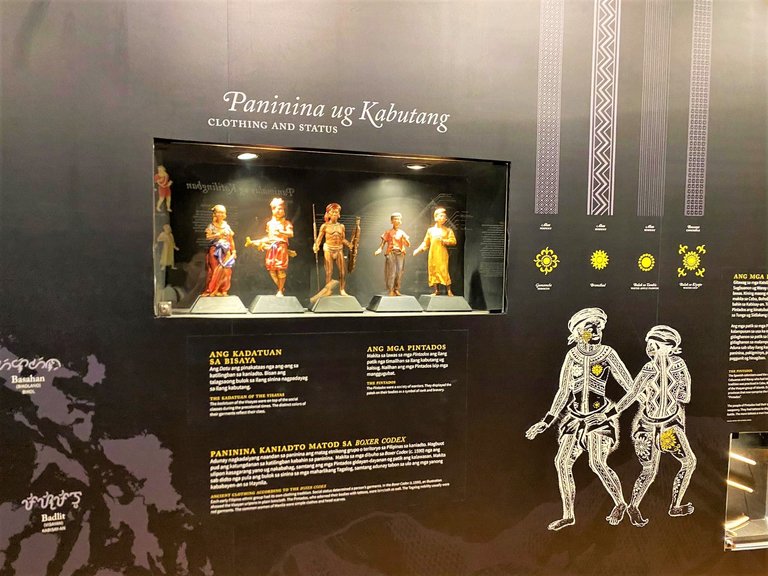
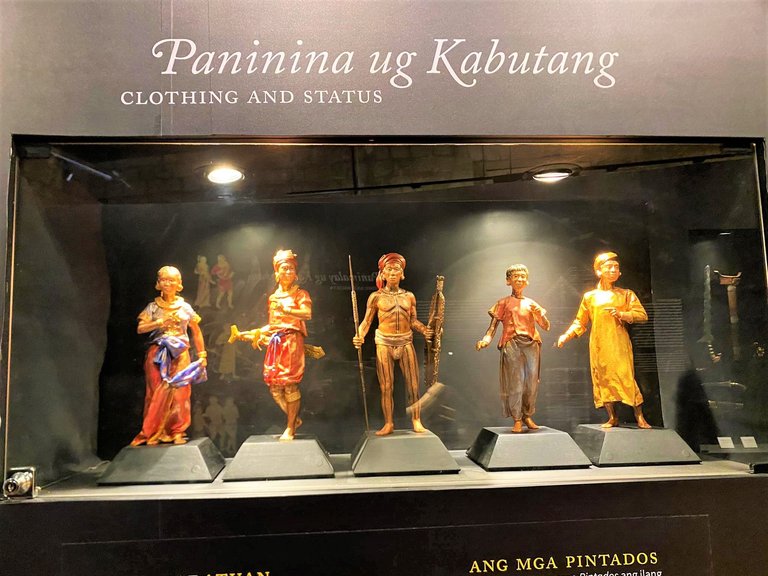
The Pintados were a society of warriors. They displayed the patok on their bodies as a symbol of rank and bravery.

The Visayan House

A typical house building of early Filipinos, especially in the Visayas, was an elevated structure supported by wooden posts and protected by steep roof-qualities that respond to the tropical climate and heavy rains. It had wide windows to brighten the interiors and provide ample ventilation. The house is made of light materials: nipa for walls, bamboo for floors and posts, and cogon for roofing. The entire building is a big room, the place for all household activities-family conversations, meals, sleep and rest, among others. Later, this structure was called the bahay kubo because of its cube form.
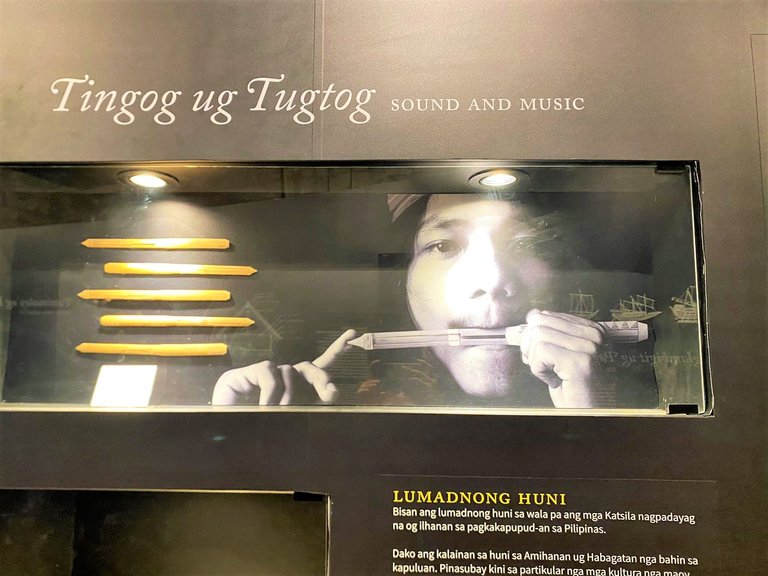
Even though they differ from modern items, I loved the old-fashioned charm and rarity. The museum's dedication to preserving artifacts that highlights Cebu's culture and their priceless value made my experience truly special. I believe the transformation of the jail into a museum was iconic- truly a gem of Cebu.
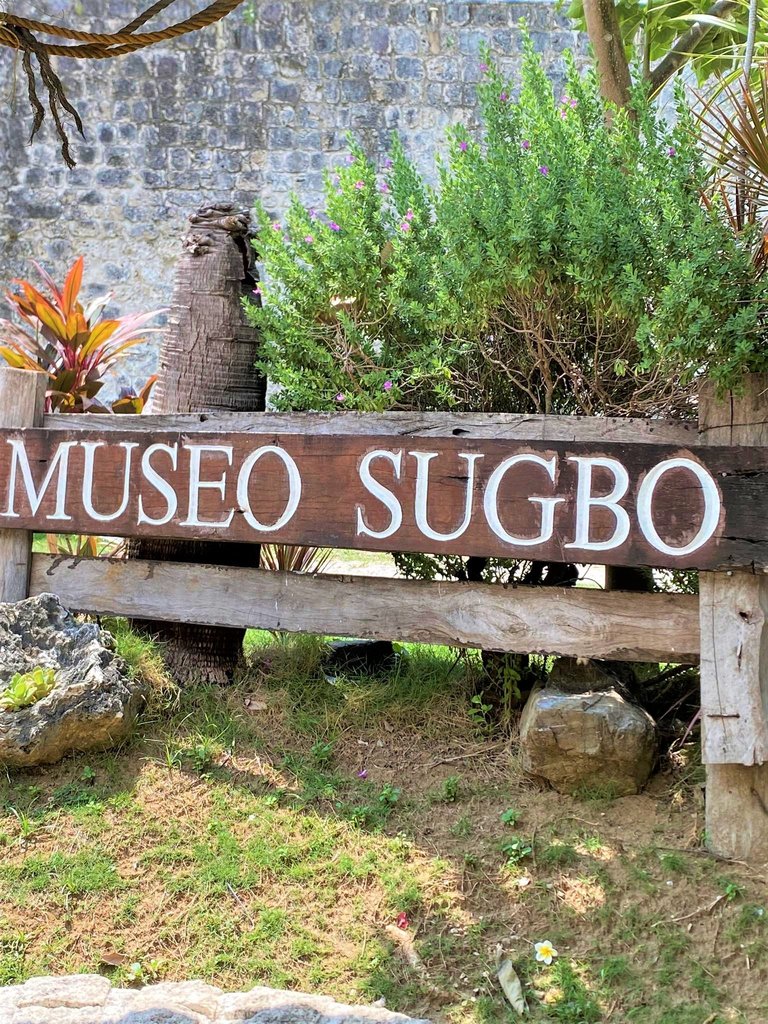
There were supposedly more galleries I could've explored however; during that time the other galleries were under renovation. I wanted to revisit the Museo, but recently, they have temporarily closed the museum for further renovations. Hopefully soon!
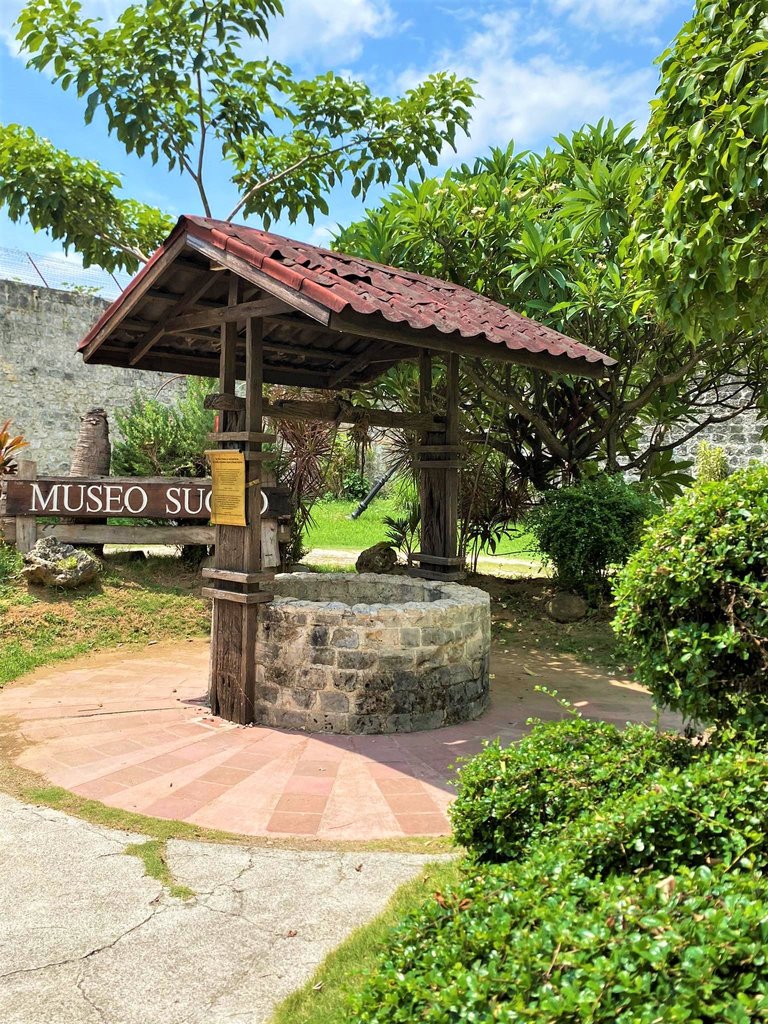
If you wish to visit Museo Sugbo once it reopens to the public , you can find it at 731 M. J. Cuenco Ave, Cebu City, 6000 Cebu.
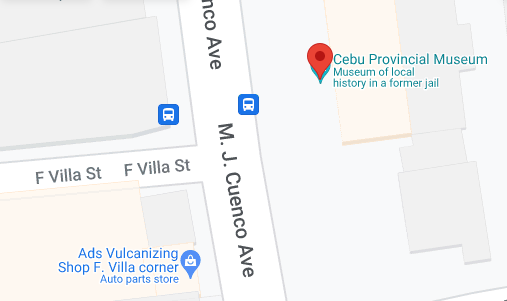
The photos were captured from both my phone and my friend's.
I hope you enjoyed reading my blog and seeing the pictures, sweeties! Until the next blog!
!LOLZ
lolztoken.com
One, they hold the bulb while the world revolves around them.
Credit: marshmellowman
$LOLZ on behalf of memess
(9/10)
Farm LOLZ tokens when you Delegate Hive or Hive Tokens.
Click to delegate: 10 - 20 - 50 - 100 HP@ikaycutie, I sent you an
Thank you for the $LOLZ! 😆

all the historical objects there are very unique, I like to see them, especially in the field of weapons
Couldn't agree more! Historical weapons can be pretty cool.
history is indeed very interesting with these representations, thank you for these @ikaycutie ❤️
Interesting place to travel back in the past. You capture quality photos emphasize the beauty of cebu history. Thank you for shring @ikaycutie
Cebu's history is just so fascinating!
And thank you for the appreciation, Sir.😊
I like to visit places like this where you can travel through time. This museum keeps a real treasure. Great experience!
Thanks for checking out my blog! And yeah, the treasures there make it a truly special experience.
What an amazing museum!! I love all the pictures and the history behind each piece! Thanks a lot for sharing!!
I'm glad you enjoyed the museum. Your appreciation means a lot. Thank youuu!
The richness of the history. This is so interesting. I hope I can visit Cebu City again and I’ll make sure, I can go there. Thank you for sharing this one. Maayong adlaw!😁
Yesss, I hope you can visit Cebu City again and get to explore the museum. Salamat and Maayong gabii!
Wooowwwww. I haven't been to Museo Sugbu but I love to visit it one of these days. Thank you @ikaycutie for this virtual tour!
I'm glad you liked the virtual tour. I hope you get to visit the Museo Sugbo soon. Thanks for your comment! 😊
Can't believe there are so many interesting things you can find in Museo Sugbo. I haven't been here but I've been wanting to go since I was in college. What kind of assignment do you have? I should have that assignment back then too! 😂
Definitely! Museo Sugbo often update their exhibits so you might find even more interesting things when you visit! Our assignment was just a reaction paper for our literature class. It was a fun task to connect history and literature. 😁
Nice. I have been to Cebu but haven't visited that museum yet.
Ohhh. You should definitely visit it when you come back here in Cebu. 😄
Had no clue of the Japanese and Spanish colonizations but that museum is a masterpiece in the true sense of the word! Not only by the objects exposed but also for their stories and everything is part of!
Cebu, as part of the Philippines, has a deep history of colonizations in the past. So much happened back then, but yeah, the museum is a truly a masterpiece, and I'm grateful for having a wonderful experience there.
I love history and any museum that show cases artifacts I'm a huge fan of. I remember those furniture style television sets, there from not that long ago right? 😂 Take care I enjoyed your observations there.
Oh yeah, those furniture-style tv sets weren't too long ago, but they skipped my younger years HAHAHA. Take care too, and I'm glad you enjoyed the observations!😊
No problem 😊 The T.V. sets were just hidden is all, probably ended up in my basement,hehe. Have a lovely weekend!
I really find musuems very serene and a door for more knowledgeable insights made from history. Very nice masterpieces there, thank you for sharing @ikaycutie!🌸
Same here! Museums are wonderful for gaining valuable historical insights. Thanks for checking out my blog! 😊
I've just been to Cebu last month for Sinulog, I really like the city! I missed this museum though!
Oh, awesomeee! Nice to hear you enjoyed Cebu! You should definitely check out Museo Sugbo next time. 😁
Will do! Btw, do you know about @travelfeed, the Hive frontend for travel blogs?
Ohhh, I'm not familiar with travelfeed but I'm curious to learn about it.